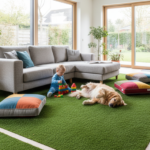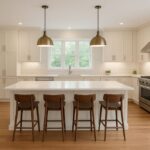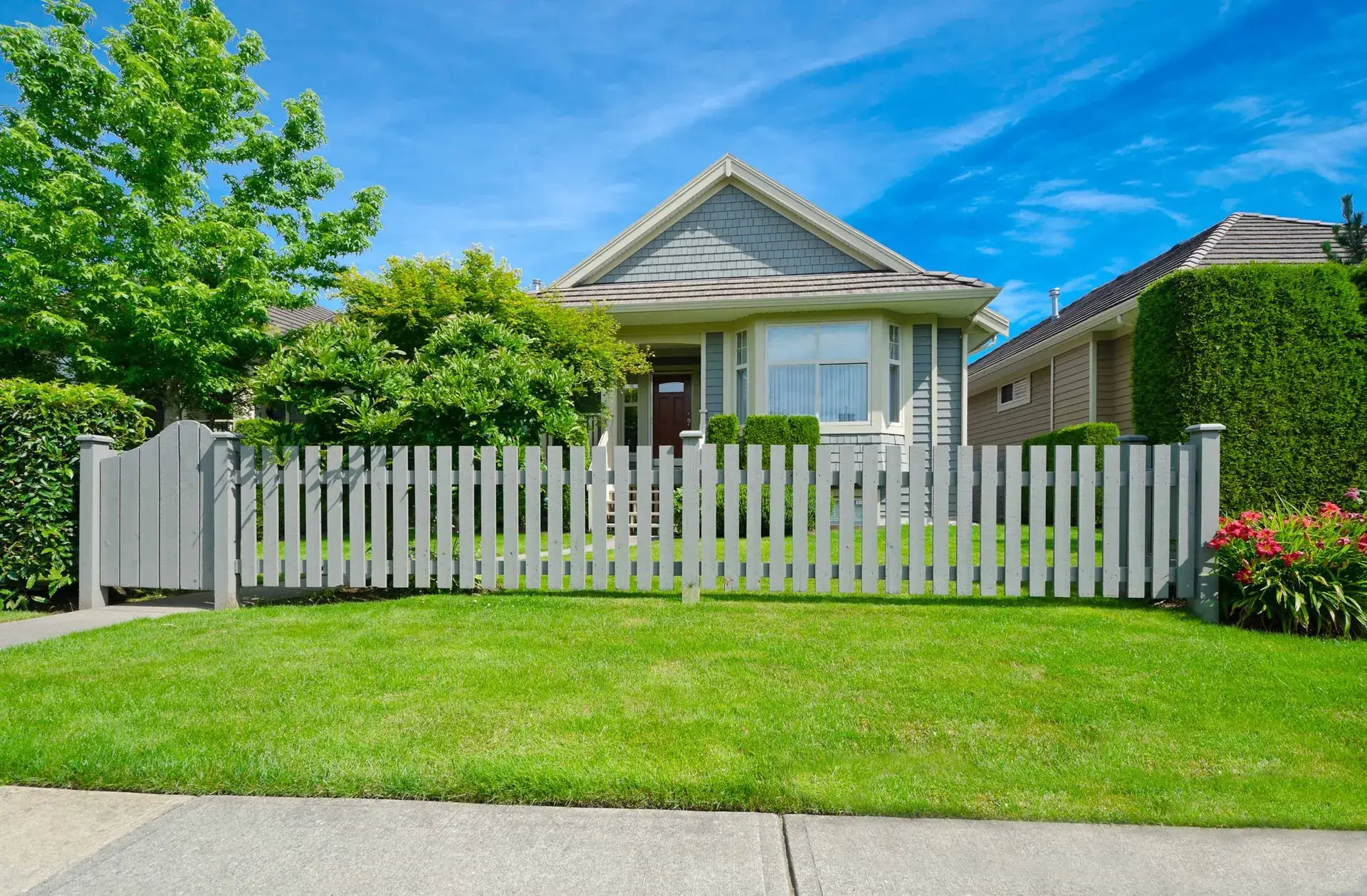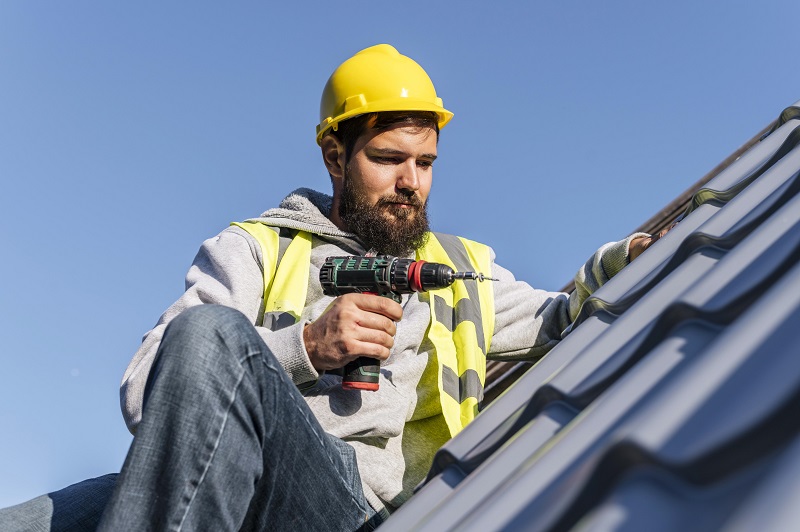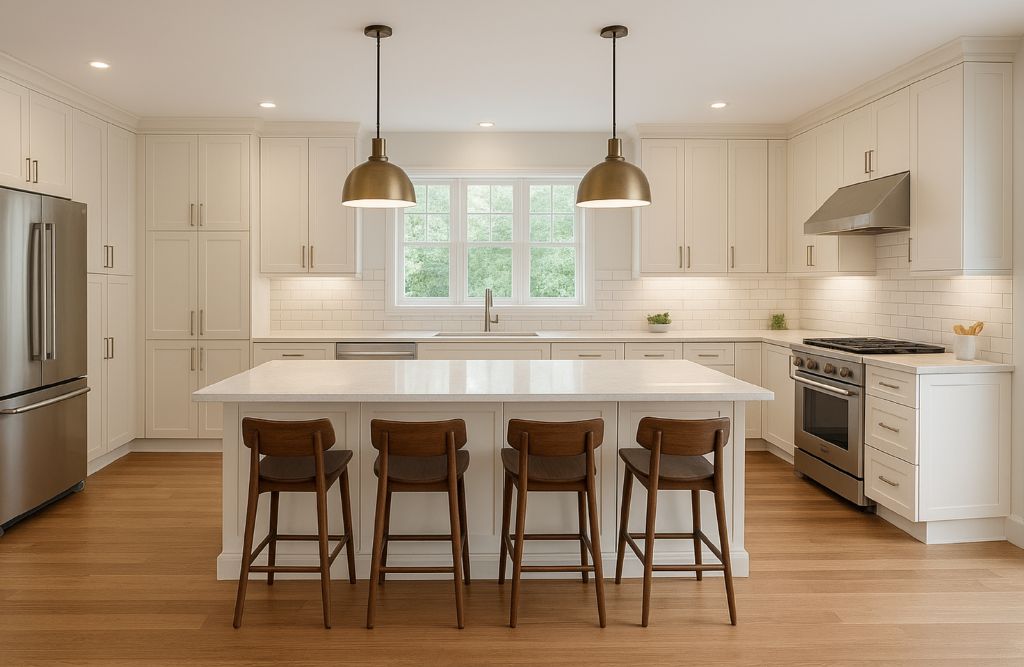Designing a dream home goes beyond aesthetics and comfort; it’s an opportunity to contribute positively to the environment while enjoying a space that reflects your personality. Embracing eco-friendly practices in your home design can lead to significant energy savings, reduced environmental impact, and a healthier living environment. In this article, we will delve into various aspects of sustainable design, providing you with insights to create your dream home while making a positive impact on the planet.
Energy-Efficient Design
The fundamental idea behind sustainable home design is energy efficiency. Start by considering architectural elements that harness natural resources to reduce energy consumption. South-facing windows, for example, can capture ample sunlight during the day, reducing the need for artificial lighting and heating. Incorporating large windows and skylights can also enhance cross-ventilation, minimizing the need for air conditioning.
Green Building Materials
The materials you choose for your home can have a significant environmental impact. Opt for sustainable options like reclaimed wood, recycled metal, and bamboo flooring. These materials not only reduce the demand for virgin resources but also promote healthier indoor air quality. Using low VOC (volatile organic compounds) paints and finishes further minimizes indoor air pollutants.
Smart Technology Integration
Modern technology offers numerous ways to optimize energy consumption in your home. Programmable thermostats can adjust heating and cooling based on your schedule, reducing energy wastage. Energy-efficient LED lighting and smart appliances can also be controlled remotely, ensuring that energy is used only when necessary.
Renewable Energy Sources
Installing sustainable energy resources like solar or wind turbines is something to think about. By producing clean electricity for your house, these systems can help you use fewer fossil fuels. The long-term savings and favorable environmental impact make the initial expenditure, though it may be larger, well worth it.
Water Efficiency
Water scarcity is a global concern, making water-efficient design crucial. Install low-flow toilets, faucets, and showerheads to minimize water consumption. Rainwater harvesting systems can collect and store rainwater for landscaping, reducing the need for municipal water.
Landscaping Choices
Sustainable design extends beyond your home’s walls. Choose native plants for your landscaping; these require less water and maintenance compared to exotic species. Additionally, consider creating permeable pathways and using mulch to retain moisture in the soil.
Insulation and Windows
In order to maintain indoor comfort and lower energy consumption, proper insulation is essential. High-quality insulation can stop heat loss during colder months and heat gain during warmer months when paired with energy-efficient windows. Thus, less intense heating or cooling is needed.
Waste Reduction
Integrate waste reduction practices into your home’s design. Designate recycling centers and composting areas in the layout, making it convenient for your family to recycle and reduce organic waste.
Longevity and Durability
Choosing durable materials ensures your home stands the test of time. Opt for materials that require minimal maintenance and are resistant to wear and tear. By minimizing the need for frequent renovations, you reduce resource consumption.
Consulting Professionals
Collaborating with architects, designers, and contractors experienced in sustainable design is invaluable. Their expertise can help translate your vision into practical implementation while adhering to eco-friendly principles. One of the best services that can assist you in this journey is Bravo Fence that will provide customers with superior fence service, top-quality materials, and expert advice. The team goal is to meet their demands and resolve their issues at a fair price.
Budget Considerations
While sustainable options may have higher upfront costs, it’s important to consider the long-term benefits. Energy-efficient features lead to lower utility bills over time, potentially offsetting the initial expenses.
Educating Yourself
Keep up with the most recent developments in sustainable design. Attend workshops, read articles, and engage with professionals in the field to keep up-to-date with best practices.
Local Regulations
Research local building codes and regulations to ensure your sustainable design choices align with legal requirements.
Personalization
Tailor your sustainable design choices to your lifestyle and preferences. Consider the climate of your location when making decisions about energy efficiency and materials.
Conclusion
Designing a sustainable dream home is a fulfilling endeavor that benefits both you and the environment. By integrating energy-efficient design, green building materials, smart technologies, and renewable energy sources, you can create a home that is beautiful, comfortable, and environmentally responsible. Embrace the principles of sustainability, consult experts, and make informed choices to build a home that stands as a testament to your commitment to a greener future. Your dream home can serve as a model for a sustainable lifestyle, inspiring others to follow suit for a more eco-friendly world.


